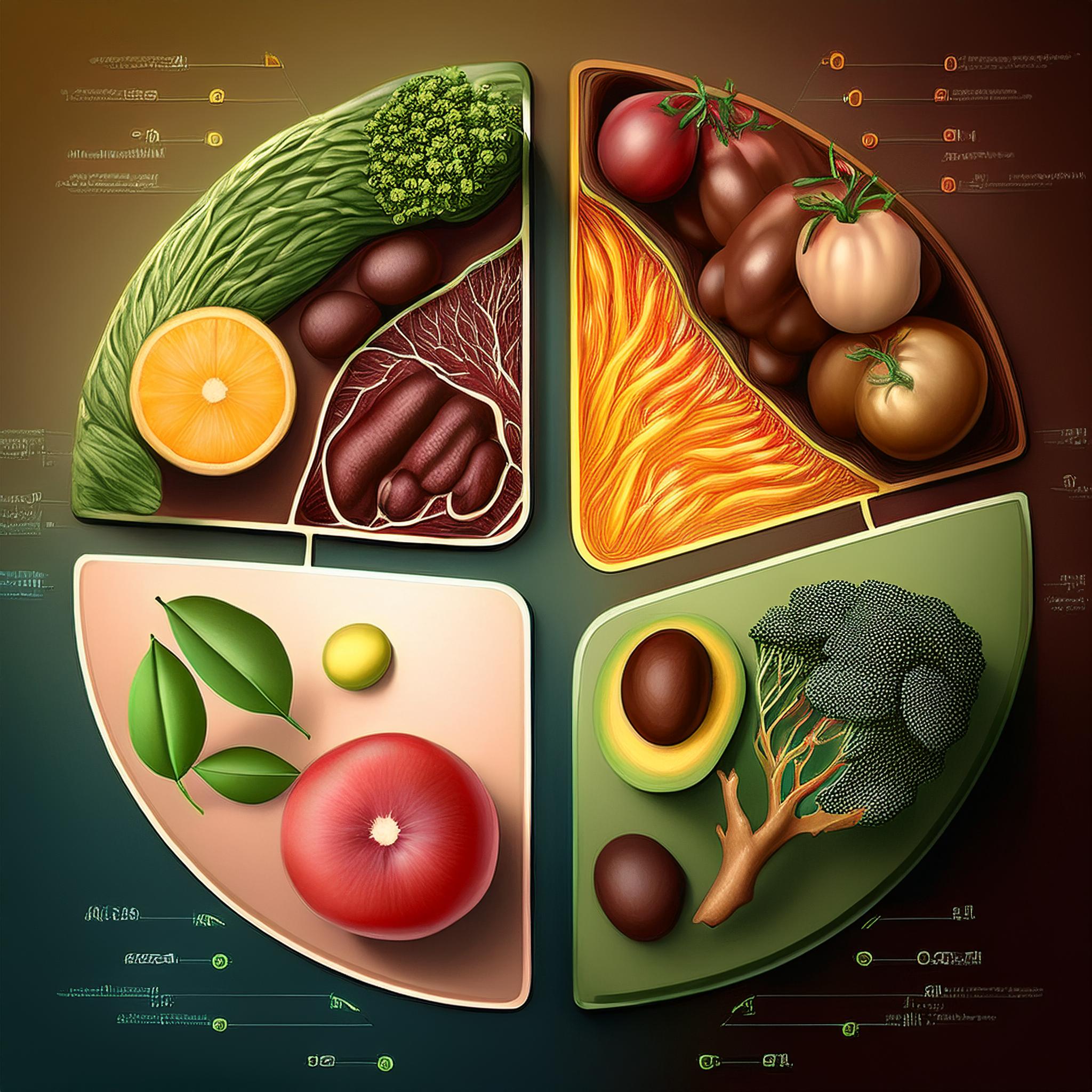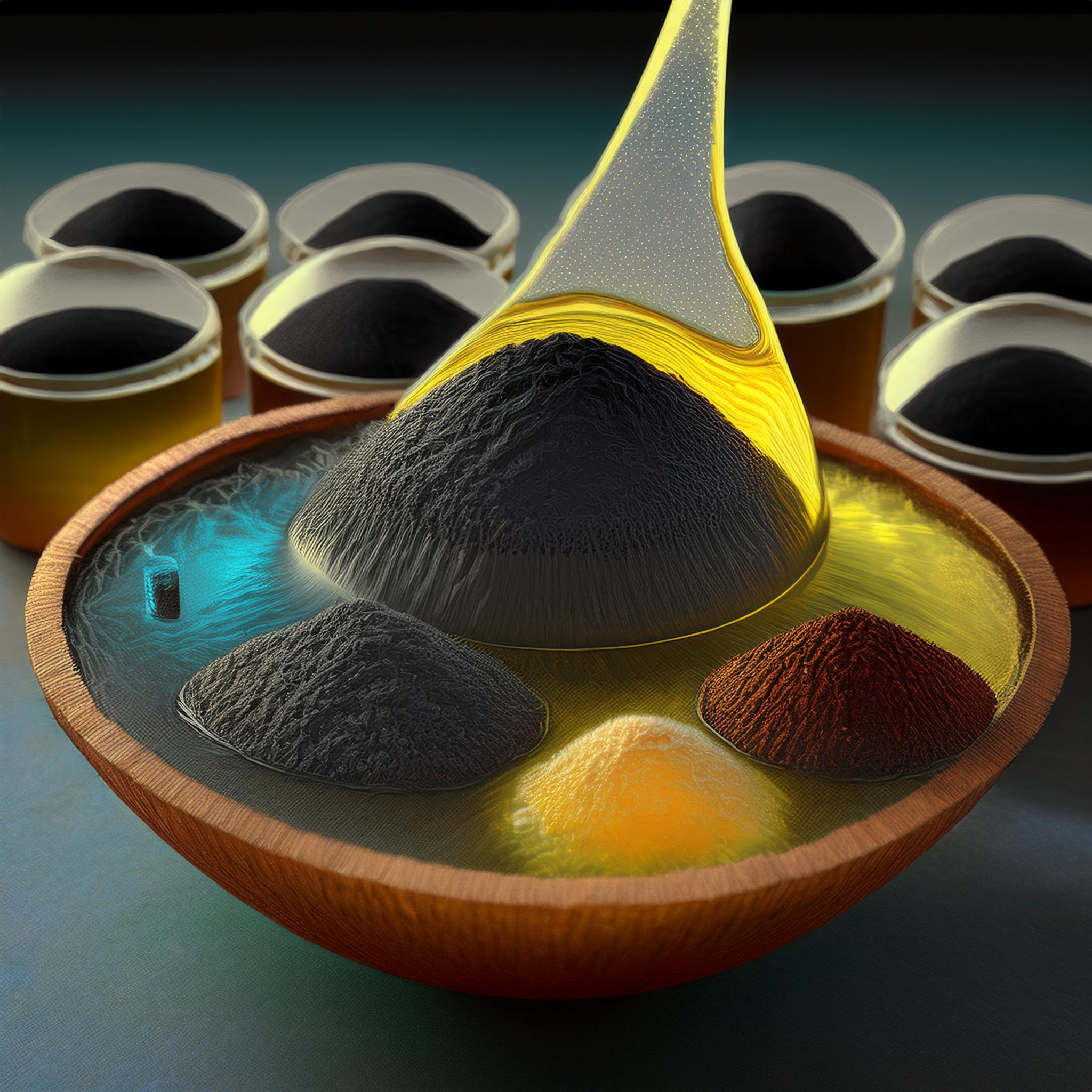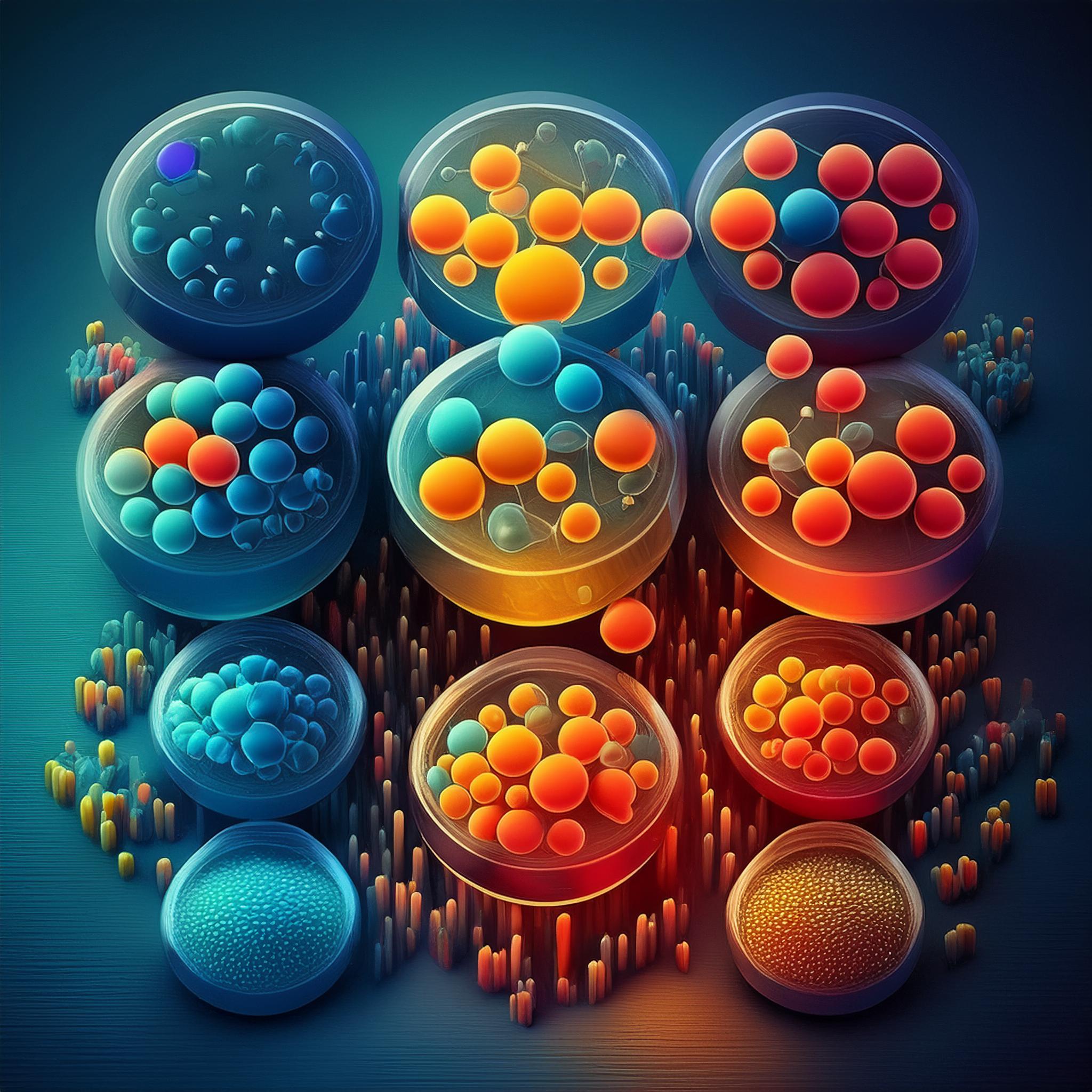Effectiveness of Kemangi (Ocimum basilicum) Leaf Methanol Extract against Candida albicans Colonies
Downloads
Candida species, for women are the foremost common cause of parasitic contaminations. Candida species affect contamination in 75% of women and at slightest 6-9% of women involvement repetitive vulvovaginal candidiasis. Candida albicans (CA) accounts for 85-95% of yeast strains separated from the vagina. The treatment which has been administered for candida infections is antifungal drugs such as clotrimazole and fluconazole. When applied topically, synthetic antifungal drugs cause allergic reactions, resistance, and a burning sensation. It is necessary to conduct research on plant-based herbal medicine as an alternative treatment. Kemangi, also recognized as Ocimum Basilicum (OB), is a plant native to Indonesia which has medicinal properties. The objective of this study is to examine how effective OB methanol extract is against CA colonies. The study was performed at Brawijaya University's Microbiology Laboratory in Malang. The experimental laboratories with Posttest Only Control Group Design were employed in this study, with four repetitions of OB concentrations of 15%, 20%, 25%, 30%, and 35% against CA colonies. One-way ANOVA was utilized as the hypothesis test, with a significance level of 0.05. The results demonstrated that OB extract with a concentration of 15% was able to inhibit the growth of CA colonies. In the OB extract with a concentration of 35%, no CA colony growth was revealed. One-way ANOVA test obtained p 0.000 <0.05. Conclusion OB owns adequacy in restraining the development of CA organism with negligible murdering rate at a concentration of 35%. Research required to be performed to identify the antifungal potential of OB extract in vivo.
Adiyasa, M. R., & Meiyanti, M. (2021). Pemanfaatan obat tradisional di Indonesia: distribusi dan faktor demografis yang berpengaruh. Jurnal Biomedika dan Kesehatan, 4(3), 130–138. https://doi.org/10.18051/JBiomedKes.2021.v4.130-138
Aini, R. & Mardiyaningsih, A. (2018). Potensi minyak atsiri ratus vagina dengan kombinasi lengkuas merah (Alpinia purpurata K. Schum), kayu manis (Cinnamomum burmanii Blume) dan daun sirih hijau (Piper bettle L) sebagai antifungi terhadap Candida albicans secara in Vitro. Medika Respati: Jurnal Ilmiah Kesehatan, 13(4), 43–57. Available at https://medika.respati.ac.id/index.php/Medika/article/view/197
Akroum, S. (2018). Antifungal activity of Camellia sinensis crude extracts against four species of Candida and Microsporum persicolor. Journal de Mycologie Medicale, 28(3), 424–427. https://doi.org/10.1016/j.mycmed.2018.06.003
Apriliyani, B. K., Priani, S. E. & Hidayat, A. F. (2021). Rancangan Pengembangan Sediaan Nanospraygel in situ Mengandung Minyak Kulit Batang Kayu Manis (Cinnamomum burmannii (Nees & T. Nees) Blume) untuk Pengobatan Kandidiasis Oral. Jurnal Riset Farmasi, 1(1), 64–72. https://doi.org/10.29313/jrf.v1i1.187
Astutik, P., Yuswantina, R. & Vifta, R. L. (2021). Perbandingan aktivitas antifungi ekstrak etanol 70% dan 96% buah parijoto (medinilla speciosa) terhadap Candida albicans’, Journal of Holistics and Health Science, 3(1), 32–41.
Bona, E., Cantamessa, S., Pavan, M., Novello, G., Massa, N., Rocchetti, A., ... & Gamalero, E. (2016). Sensitivity of Candida albicans to essential oils: are they an alternative to antifungal agents?. Journal of applied microbiology, 121(6), 1530-1545. https://doi.org/10.1111/jam.13282
Costa, A. R., Almeida-Bezerra, J. W., da Silva, T. G., Pereira, P. S., de Oliveira Borba, E. F., Braga, A. L., ... & Barros, L. M. (2021). Phytochemical profile and anti-Candida and cytotoxic potential of Anacardium occidentale L.(cashew tree). Biocatalysis and Agricultural Biotechnology, 37, 102192. https://doi.org/10.1016/j.bcab.2021.102192
De Ornay, A. K., Prehananto, H., & Dewi, A. S. S. (2017). Daya hambat pertumbuhan Candida albicans dan daya bunuh Candida albicans ekstrak daun kemangi (Ocimum sanctum L.). Jurnal Wiyata: Penelitian Sains dan Kesehatan, 4(1), 78-83. Available at https://wiyata.iik.ac.id/index.php/wiyata/article/view/150
Ene, I. F., Enweani-Nwokelo, I. B., & Obaji, M. U. (2021). Antibacterial and antifungal activities of crude extract and fractions of Morinda citrifolia leaf. J Med Lab Sci, 31(4), 71-81.
Febrianti, D. R., Khairina, N., & Alisa, P. N. (2018). Uji Aktivitas Anti Mikroorganisme Ekstrak Jeringau (Acorus calamus L.) Terhadap Jamur Candida albicans dan Bakteri Staphylococcus aureus. Jurnal Insan Farmasi Indonesia, 1(1), 96-103. Available at http://e-jurnal.stikes-isfi.ac.id/index.php/JIFI/article/view/163
Fitria, H. (2020). Formulasi Sediaan Salep Minyak Atsiri Kemangi (Ocimum Basilicum) Dan Uji Aktivitas Antijamur Pada Candida Albicans. Skripsi Thesis. Universitas Islam Indonesia.
Guntur, A., Selena, M., Bella, A., Leonarda, G., Leda, A., Setyaningsih, D., & Riswanto, F. D. O. Kemangi (Ocimum basilicum L.): Kandungan Kimia, Teknik Ekstraksi, dan Uji Aktivitas Antibakteri. Journal of Food and Pharmaceutical Sciences, 9(3), 513-528. https://doi.org/10.22146/jfps.3376
Hardani, R., Krisna, I. K. A., Hamzah, B., & Hardani, M. F. (2020). Uji Anti Jamur Ekstrak Buah Mengkudu (Morinda citrifolia L.). Jurnal IPA & Pembelajaran IPA, 4(1), 92-102. https://doi.org/10.24815/jipi.v4i1.16579
Jang, S. J., Lee, K., Kwon, B., You, H. J., & Ko, G. (2019). Vaginal lactobacilli inhibit growth and hyphae formation of Candida albicans. Scientific reports, 9, 8121. https://doi.org/10.1038/s41598-019-44579-4
Kumalasari, M. L. F., & Andiarna, F. (2020). Uji fitokimia ekstrak etanol daun kemangi (Ocimum basilicum L). Indonesian Journal for Health Sciences, 4(1), 39-44. https://doi.org/10.24269/ijhs.v4i1.2279
Leite, M. C. A., Bezerra, A. P. D. B., Sousa, J. P. D., Guerra, F. Q. S., & Lima, E. D. O. (2014). Evaluation of antifungal activity and mechanism of action of citral against Candida albicans. Evidence-Based Complementary and Alternative Medicine, 2014, 378280. https://doi.org/10.1155/2014/378280
Morad, H. O., Wild, A. M., Wiehr, S., Davies, G., Maurer, A., Pichler, B. J., & Thornton, C. R. (2018). Pre-clinical imaging of invasive Candidiasis using ImmunoPET/MR. Frontiers in microbiology, 9, 1996. https://doi.org/10.3389/fmicb.2018.01996
Mukaremera, L., Lee, K. K., Mora-Montes, H. M., & Gow, N. A. (2017). Candida albicans yeast, pseudohyphal, and hyphal morphogenesis differentially affects immune recognition. Frontiers in Immunology, 8, 629. https://doi.org/10.3389/fimmu.2017.00629
Murugesh, J., Annigeri, R. G., Mangala, G. K., Mythily, P. H., & Chandrakala, J. (2019). Evaluation of the antifungal efficacy of different concentrations of Curcuma longa on Candida albicans: An in vitro study. Journal of oral and maxillofacial pathology: JOMFP, 23(2), 305. https://doi.org/10.4103/jomfp.JOMFP_200_18
Mutiawati, V. K. (2016). Pemeriksaan mikrobiologi pada Candida albicans. Jurnal kedokteran syiah kuala, 16(1), 53-63. Available at https://jurnal.unsyiah.ac.id/JKS/article/view/5013
Pasaribu, D. M. R., Sudrajat, S. E., & Buarlele, H. J. (2018). Aktivitas Zona Hambat Ekstrak Daun Kemangi (Ocimum americanum) terhadap Candida albicans. Jurnal Kedokteran Meditek, 24 (68), 50–59. http://ejournal.ukrida.ac.id/ojs/index.php/Meditek/article/view/1702
Rahayu, R. P., Prasetyo, R. A., Purwanto, D. A., Kresnoadi, U., Iskandar, R. P., & Rubianto, M. (2018). The immunomodulatory effect of green tea (Camellia sinensis) leaves extract on immunocompromised Wistar rats infected by Candida albicans. Veterinary world, 11(6), 765-770. https://doi.org/10.14202/vetworld.2018.765-770
Rangel, M. D. L., Aquino, S. G. D., Lima, J. M. D., Castellano, L. R., & Castro, R. D. D. (2018). In vitro effect of Cinnamomum zeylanicum Blume essential oil on Candida spp. involved in oral infections. Evidence-Based Complementary and Alternative Medicine, 2018, 4045013. https://doi.org/10.1155/2018/4045013
Safrida, S., Mardiana, R., & Husna, N. (2021). Uji Efek Antifungi Ekstrak Daun Biduri (Calotropis Gigantea L.) Terhadap Pertumbuhan Jamur Trichophyton Mentagrophytes. Journal of Pharmaceutical and Health Research, 2(1), 8-11. https://doi.org/10.47065/jharma.v2i1.787
Santos, L. M. M., Silva, P. M., Moura, M. C., Junior, A. C., Amorim, P. K., Procópio, T. F., ... & Napoleão, T. H. (2021). Anti-Candida activity of the water-soluble lectin from Moringa oleifera seeds (WSMoL). Journal of Medical Mycology, 31(2), 101074. https://doi.org/10.1016/j.mycmed.2020.101074
Sari, N. K. Y., Sumadewi, N. L. U., Deswiniyanti, N. W., & Putra, D. G. I. P. (2020). Efektivitas Anti Fungi Ekstrak Bunga Kamboja Putih (Plumeria acuminata) Menghambat Pertumbuhan Candida albicans. Jurnal Media Sains, 4(1), 21-24. Available at https://jurnal.undhirabali.ac.id/index.php/jms/article/view/1131
Sari, N. K. Y., & Sumadewi, N. L. U. (2019 The Potential of Acacia Auriculiformis Leaf Extracts as an Antifungal of Candida albicans and Identification of the Compounds. Metamorfosa: Journal Of Biological Sciences, 6(2): 143-147. https://doi.org/10.24843/metamorfosa.2019.v06.i02.p02
Sari, S. P., Gunadi, A., & Kristiana, D. (2019). Efektivitas perasan daun kemangi (Ocimum basilicum) dibanding larutan pembersih gigi tiruan effervescent sebagai pembersih gigi tiruan resin akrilik terhadap pertumbuhan Candida albicans. Pustaka Kesehatan, 7(2), 135-141. https://doi.org/10.19184/pk.v7i2.19127
Seniwati, S., Rusli, R., Fitrah, A. & Naid, T. (2021). Anti-free radical activity test of endophytic fungal fermentate extract on the Snake Plants (Sansevieria trifasciata Hort. Ex Prain) using the TLC-Autography method’, Jurnal Akta Kimia Indonesia (Indonesia Chimica Acta), 14 (2), 10–14. Available at https://journal.unhas.ac.id/index.php/ica/article/view/14496
Serra, E., Hidalgo-Bastida, L. A., Verran, J., Williams, D., & Malic, S. (2018). Antifungal activity of commercial essential oils and biocides against Candida albicans. Pathogens, 7(1), 15. https://doi.org/10.3390/pathogens7010015
Sobel, J. D. (2007). Vulvovaginal candidosis. The Lancet, 369(9577), 961–1971. https://doi.org/10.1016/S0140-6736(07)60917-9
Sobel, J. D. (2014). Factors involved in patient choice of oral or vaginal treatment for vulvovaginal candidiasis. Patient preference and adherence, 2014(8), 31-34. https://doi.org/10.2147/PPA.S38984
Talapko, J., Juzbašić, M., Matijević, T., Pustijanac, E., Bekić, S., Kotris, I., & Škrlec, I. (2021). Candida albicans—the virulence factors and clinical manifestations of infection. Journal of Fungi, 7(2), 79. https://doi.org/10.3390/jof7020079
Tun, Y. Y., Lae, K. Z. W., Win, N. N., & Ngwe, D. H. (2020). Phytochemical Constituents and Some Biological Activities of The Stems of Allamanda Cathartica L. (Shwewa-Pan). J. Myanmar Acad. Arts Sci, XVIII (1B), 11–26.
Verma, R., Chauhan, A., Shandilya, M., Li, X., Kumar, R., & Kulshrestha, S. (2020). Antimicrobial potential of Ag-doped ZnO nanostructure synthesized by the green method using Moringa oleifera extract. Journal of Environmental Chemical Engineering, 8(3), 103730. https://doi.org/10.1016/j.jece.2020.103730
Wang, J. L., Chang, C. H., Young-Xu, Y., & Chan, K. A. (2010). Systematic review and meta-analysis of the tolerability and hepatotoxicity of antifungals in empirical and definitive therapy for invasive fungal infection. Antimicrobial agents and chemotherapy, 54(6), 2409-2419. https://doi.org/10.1128/AAC.01657-09
Copyright (c) 2022 JURNAL INFO KESEHATAN

This work is licensed under a Creative Commons Attribution-NonCommercial-ShareAlike 4.0 International License.
Copyright notice
Ownership of copyright
The copyright in this website and the material on this website (including without limitation the text, computer code, artwork, photographs, images, music, audio material, video material and audio-visual material on this website) is owned by JURNAL INFO KESEHATAN and its licensors.
Copyright license
JURNAL INFO KESEHATAN grants to you a worldwide non-exclusive royalty-free revocable license to:
- view this website and the material on this website on a computer or mobile device via a web browser;
- copy and store this website and the material on this website in your web browser cache memory; and
- print pages from this website for your use.
- All articles published by JURNAL INFO KESEHATAN are licensed under the Creative Commons Attribution 4.0 International License. This permits anyone to copy, redistribute, remix, transmit and adapt the work provided the original work and source is appropriately cited.
JURNAL INFO KESEHATAN does not grant you any other rights in relation to this website or the material on this website. In other words, all other rights are reserved.
For the avoidance of doubt, you must not adapt, edit, change, transform, publish, republish, distribute, redistribute, broadcast, rebroadcast or show or play in public this website or the material on this website (in any form or media) without appropriately and conspicuously citing the original work and source or JURNAL INFO KESEHATAN prior written permission.
Permissions
You may request permission to use the copyright materials on this website by writing to jurnalinfokesehatan@gmail.com.
Enforcement of copyright
JURNAL INFO KESEHATAN takes the protection of its copyright very seriously.
If JURNAL INFO KESEHATAN discovers that you have used its copyright materials in contravention of the license above, JURNAL INFO KESEHATAN may bring legal proceedings against you seeking monetary damages and an injunction to stop you using those materials. You could also be ordered to pay legal costs.
If you become aware of any use of JURNAL INFO KESEHATAN copyright materials that contravenes or may contravene the license above, please report this by email to jurnalinfokesehatan@gmail.com
Infringing material
If you become aware of any material on the website that you believe infringes your or any other person's copyright, please report this by email to jurnalinfokesehatan@gmail.com.





























